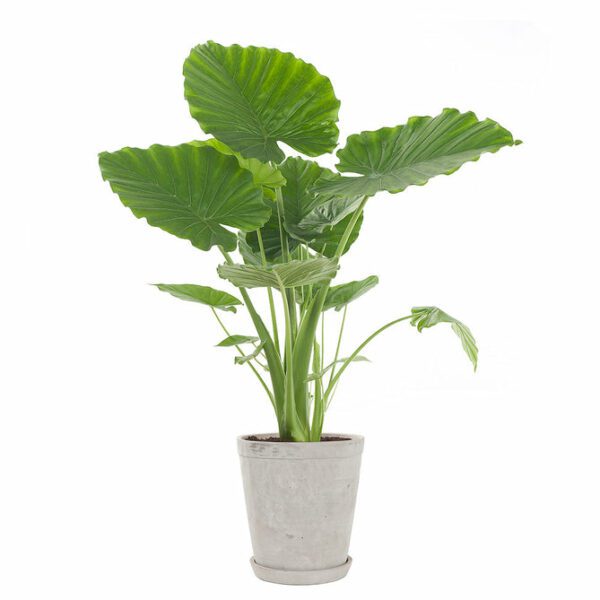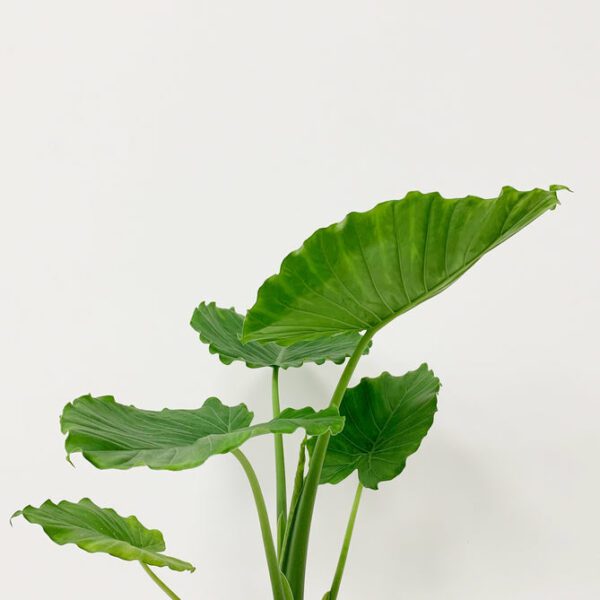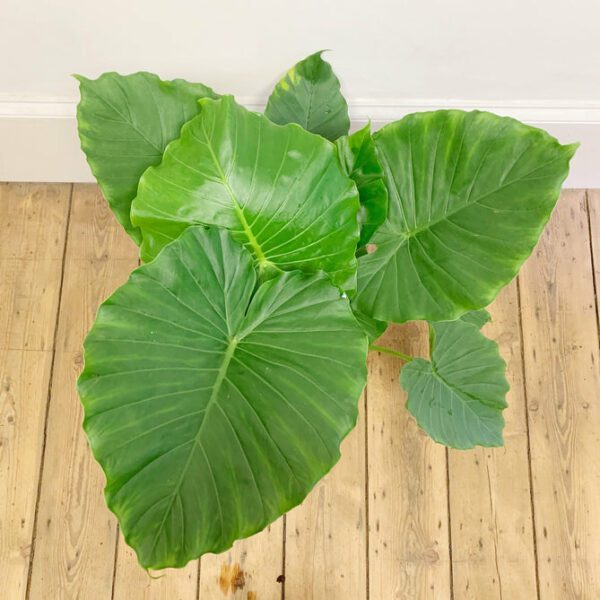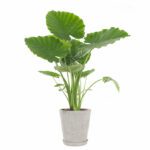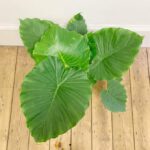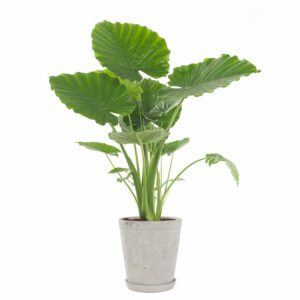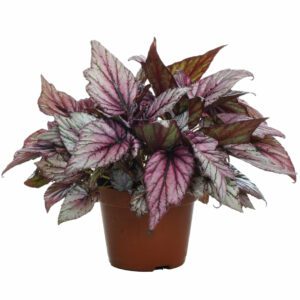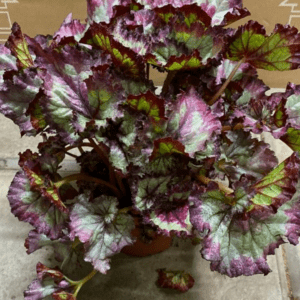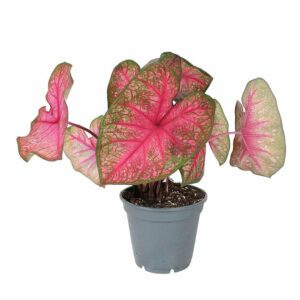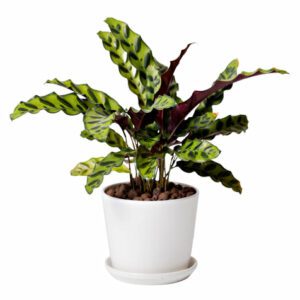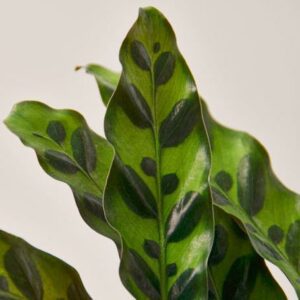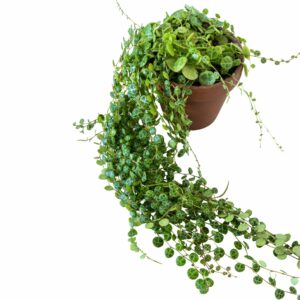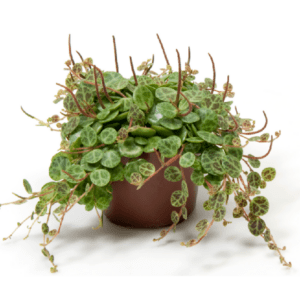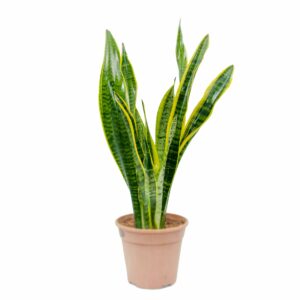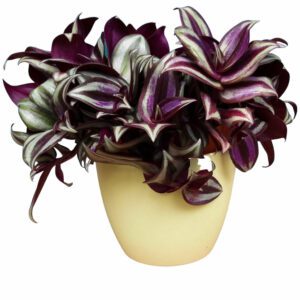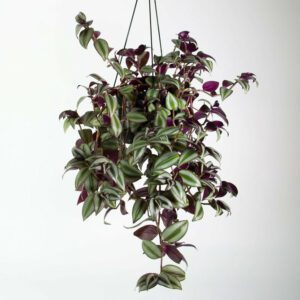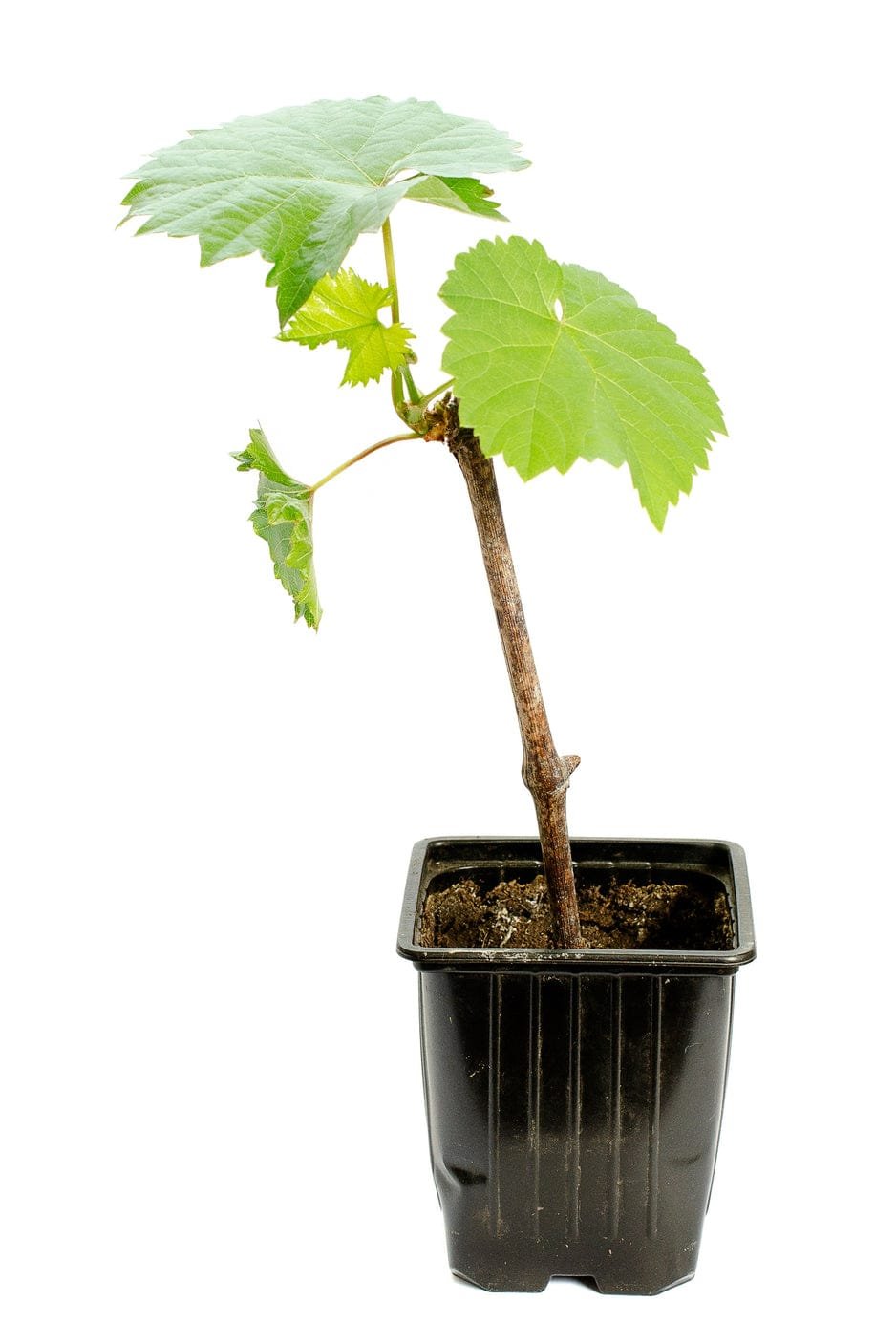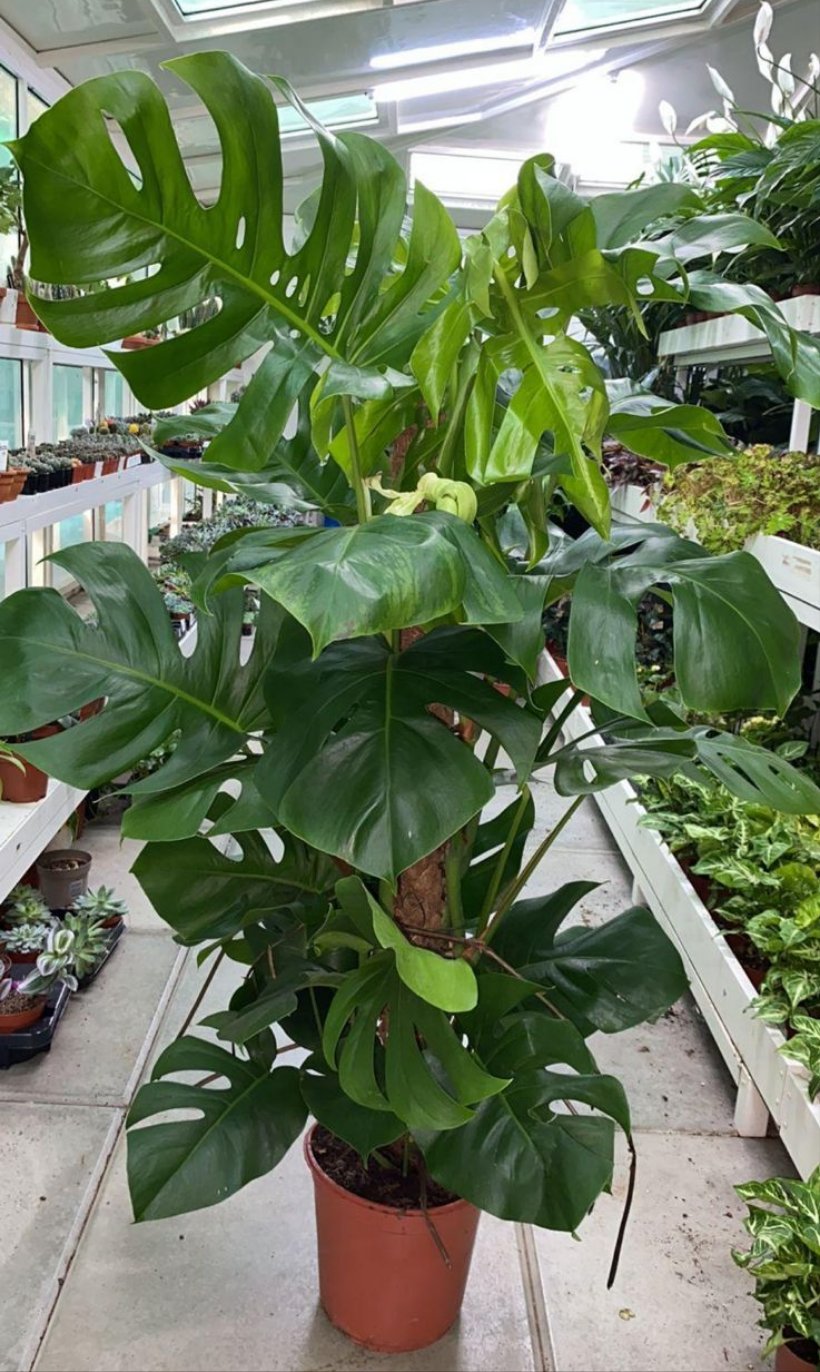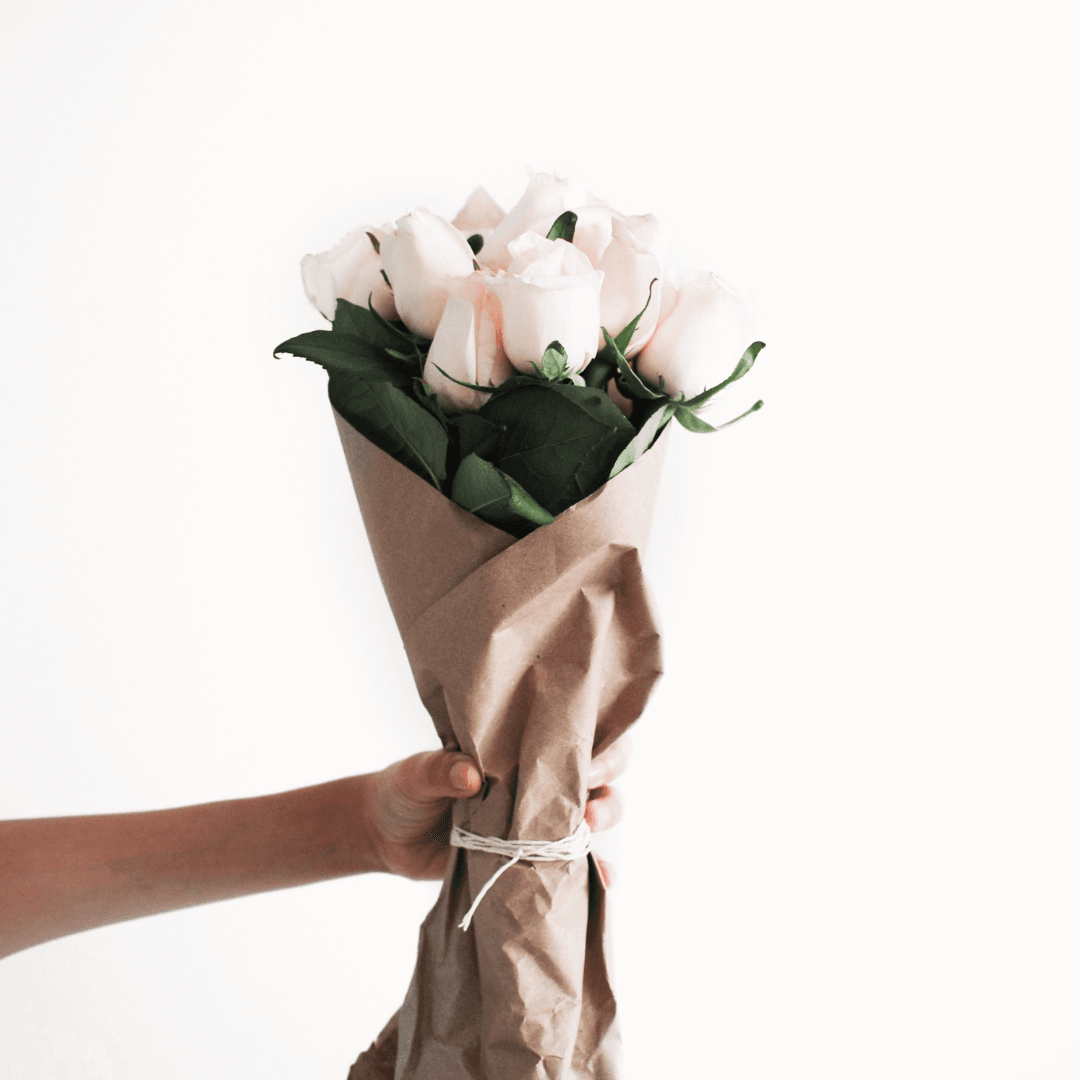Description
Dwarf elephant ear, or alocasia gagaena, might sound strange for a plant so large, but you should see how big this one gets in the wild. In its natural habitat in South-East Asia, it can grow several metres tall. It’s obviously much smaller than that in a domestic setting, but it still commands a lot of space. You should give it a spot at least a metre wide to let its big leaves spread.
To keep it healthy, keep its soil consistently moist (but not soggy), give it lots of light and try not to let it get too cold. It will also benefit from a feed with liquid fertiliser once per month in spring and summer.
If alocasia portodora gets a bit cold in winter, it may lose some leaves. Don’t worry. This is just its way of preserving energy and it will grow back with new vigour in spring.
Plant Care
Dwarf elephant ear, or alocasia gagaena, might sound strange for a plant so large, but you should see how big this one gets in the wild. In its natural habitat in South-East Asia, it can grow several metres tall. It’s obviously much smaller than that in a domestic setting, but it still commands a lot of space. You should give it a spot at least a metre wide to let its big leaves spread.
To keep it healthy, keep its soil consistently moist (but not soggy), give it lots of light and try not to let it get too cold. It will also benefit from a feed with liquid fertiliser once per month in spring and summer.
If alocasia portodora gets a bit cold in winter, it may lose some leaves. Don’t worry. This is just its way of preserving energy and it will grow back with new vigour in spring.
Additional Information
| Size | 80cm – 90cm |
|---|
Disclaimer
The image displayed is for reference only. The actual product may differ in shape, appearance, climate, age, height, and other factors. Plants will be delivered in plastic pots unless the customer explicitly selects a different pot option.
All information provided is shared in good faith. However, we make no representations or warranties of any kind, express or implied, regarding the accuracy, adequacy, validity, reliability, availability, or completeness of the information on this site.

